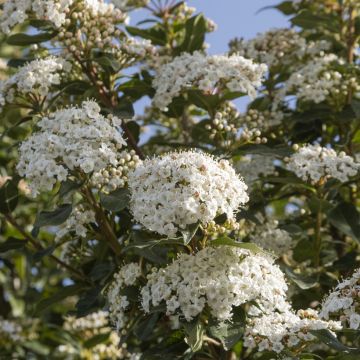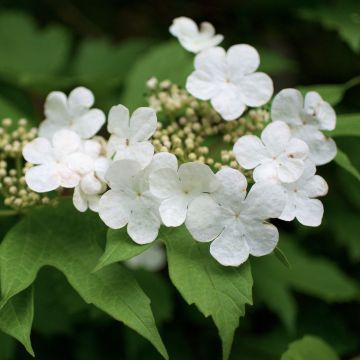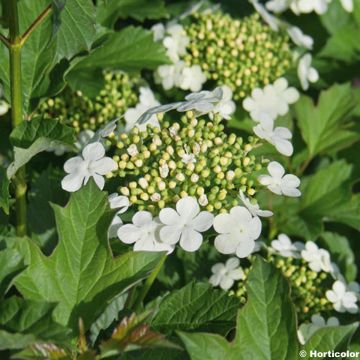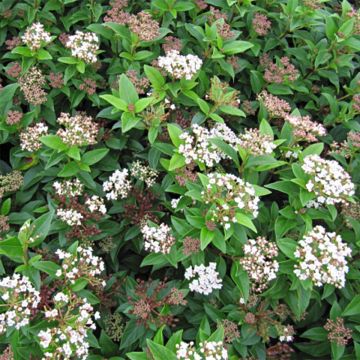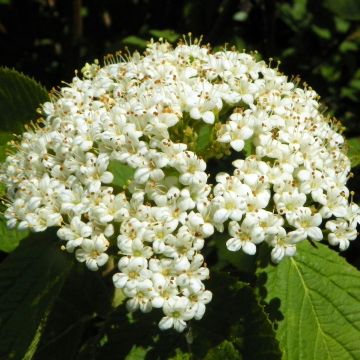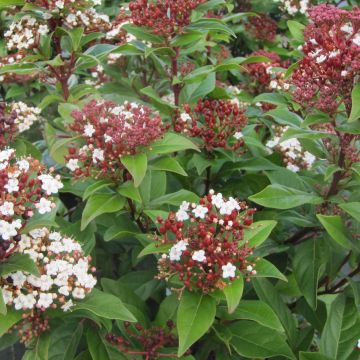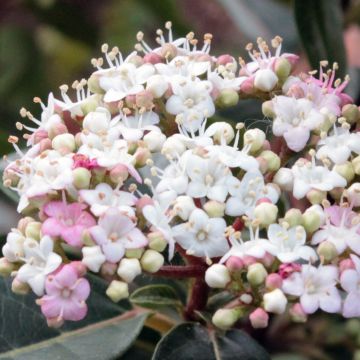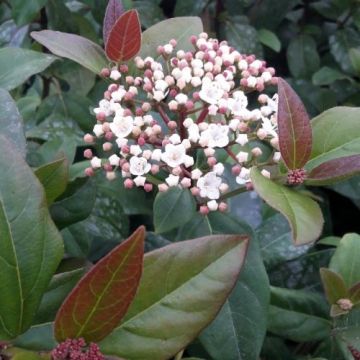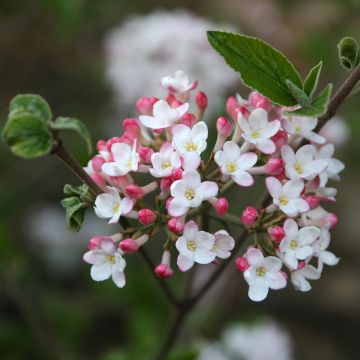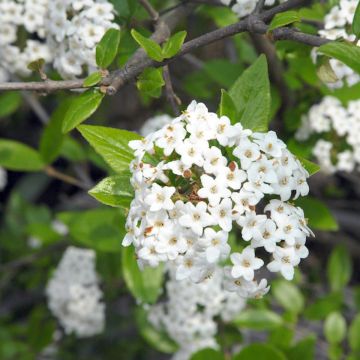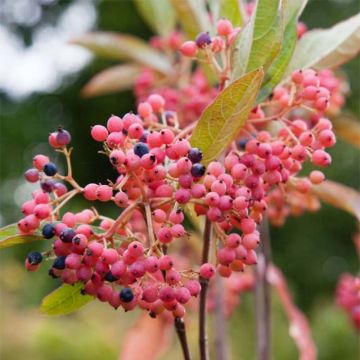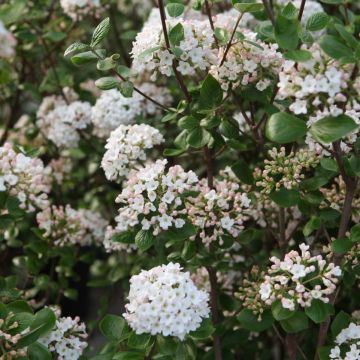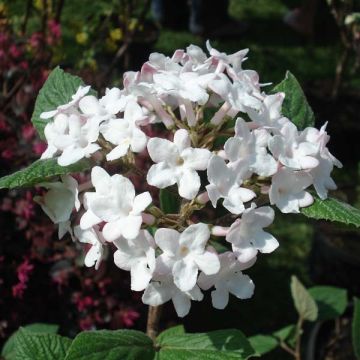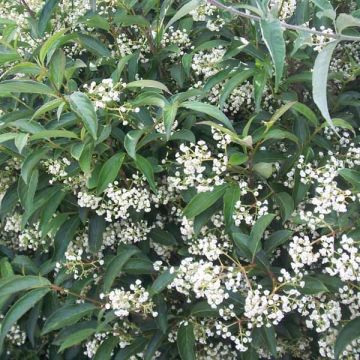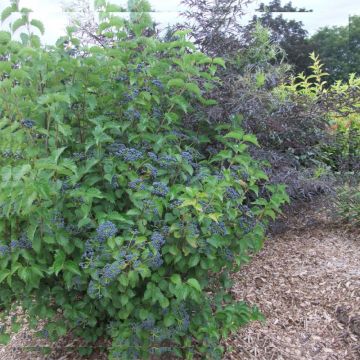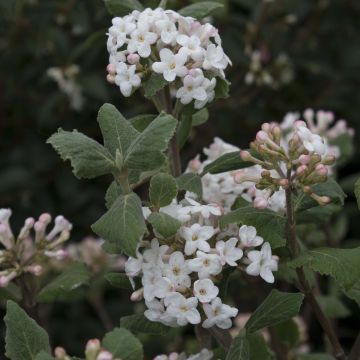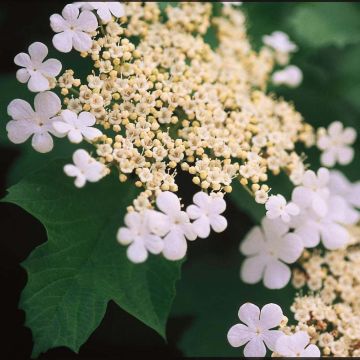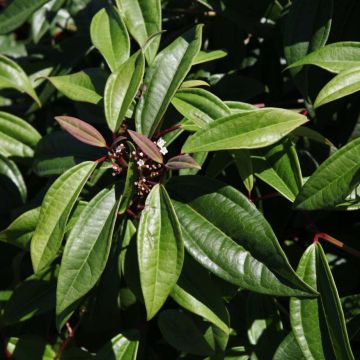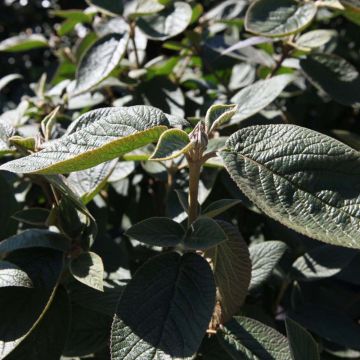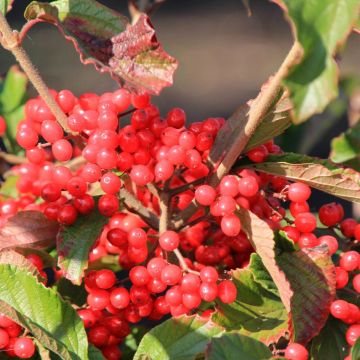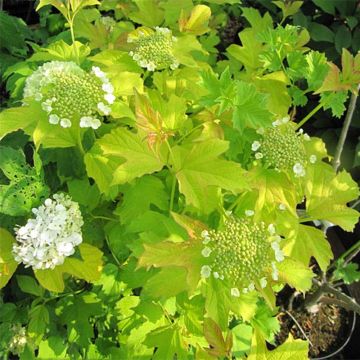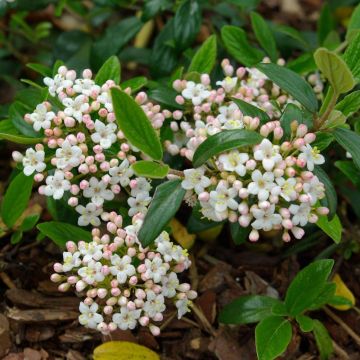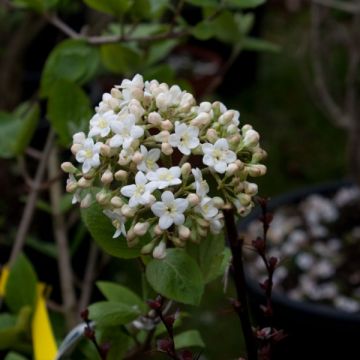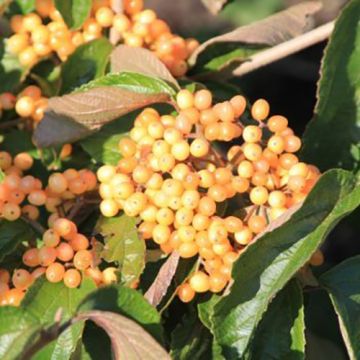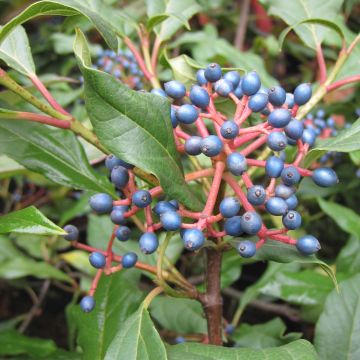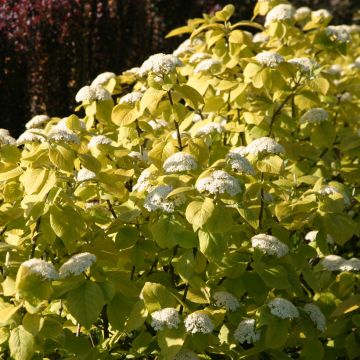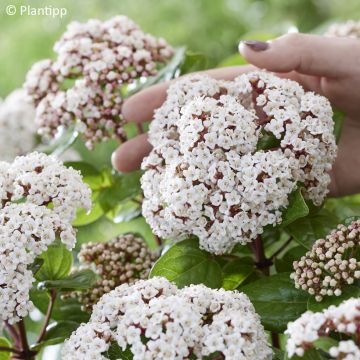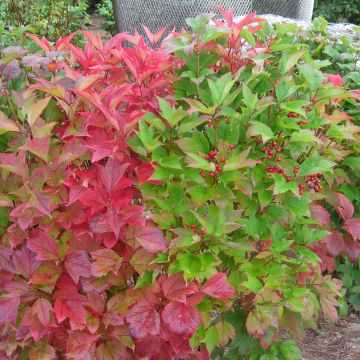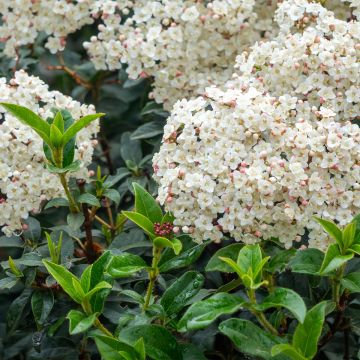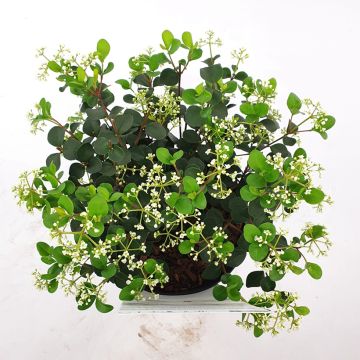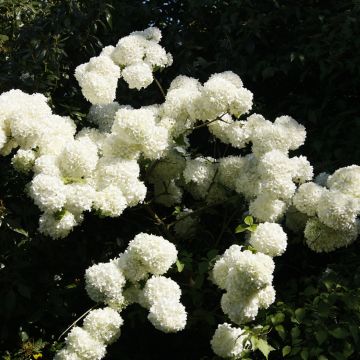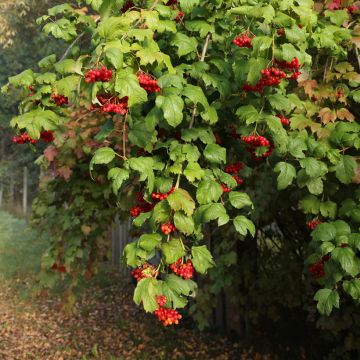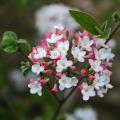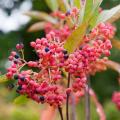Ornamental fruiting viburnums
Would this plant suit my garden? Set up your Plantfit profile →
Available in 3 sizes
Available in 3 sizes
Available in 3 sizes
Available in 2 sizes
Available in 4 sizes
Available in 2 sizes
Available in 2 sizes
Available in 3 sizes
Available in 2 sizes
Available in 1 sizes
Available in 1 sizes
Available in 1 sizes
Available in 1 sizes
Available in 1 sizes
Available in 2 sizes
Available in 1 sizes
Available in 1 sizes
Available in 1 sizes
Available in 1 sizes
Available in 1 sizes
Available in 1 sizes
Available in 2 sizes
Available in 1 sizes
Available in 2 sizes
Available in 1 sizes
Available in 1 sizes
Available in 2 sizes
Available in 1 sizes
Available in 1 sizes
Available in 1 sizes
Available in 1 sizes
Available in 1 sizes
Available in 1 sizes
Available in 1 sizes
Available in 2 sizes
Available in 1 sizes
Available in 2 sizes
Available in 1 sizes
Available in 1 sizes
Available in 1 sizes
Available in 1 sizes
Available in 1 sizes
Available in 1 sizes
Available in 1 sizes
Available in 1 sizes
A selection of Viburnum with decorative berries to bring colour and life to the garden in autumn or winter. Among these viburnums, there are evergreen or deciduous shrubs, some of which have fragrant flowers. They all produce colourful fruits at the end of the season, both decorative and highly sought after by certain birds. The most well-known viburnum for its colourful fruits is the Guelder Rose, Viburnum opulus, a large deciduous bush with a rounded habit, whose leaves turn a beautiful purple colour in autumn. Its spring umbels of white and fragrant flowers are followed by clusters of bright red berries. The Viburnum opulus 'Xanthocarpum', very similar, stands out with its yellow fruits and then yellow-orange berries. The Viburnum dilatatum is not to be outdone with its abundant flowering in May-June, which produces countless small bright red, orange, or yellow berries, loved by birds. Its deciduous leaves, which somewhat resemble those of the lime tree, turn a beautiful dark red colour in autumn. The David viburnum or Viburnum davidii is a small evergreen bush with a compact and low habit that produces small fruits of a shiny dark blue colour, almost metallic, just like those of the laurier tin Viburnum. There are many attractive viburnums for their fruiting. Discover them below!
Haven't found what you were looking for?





































